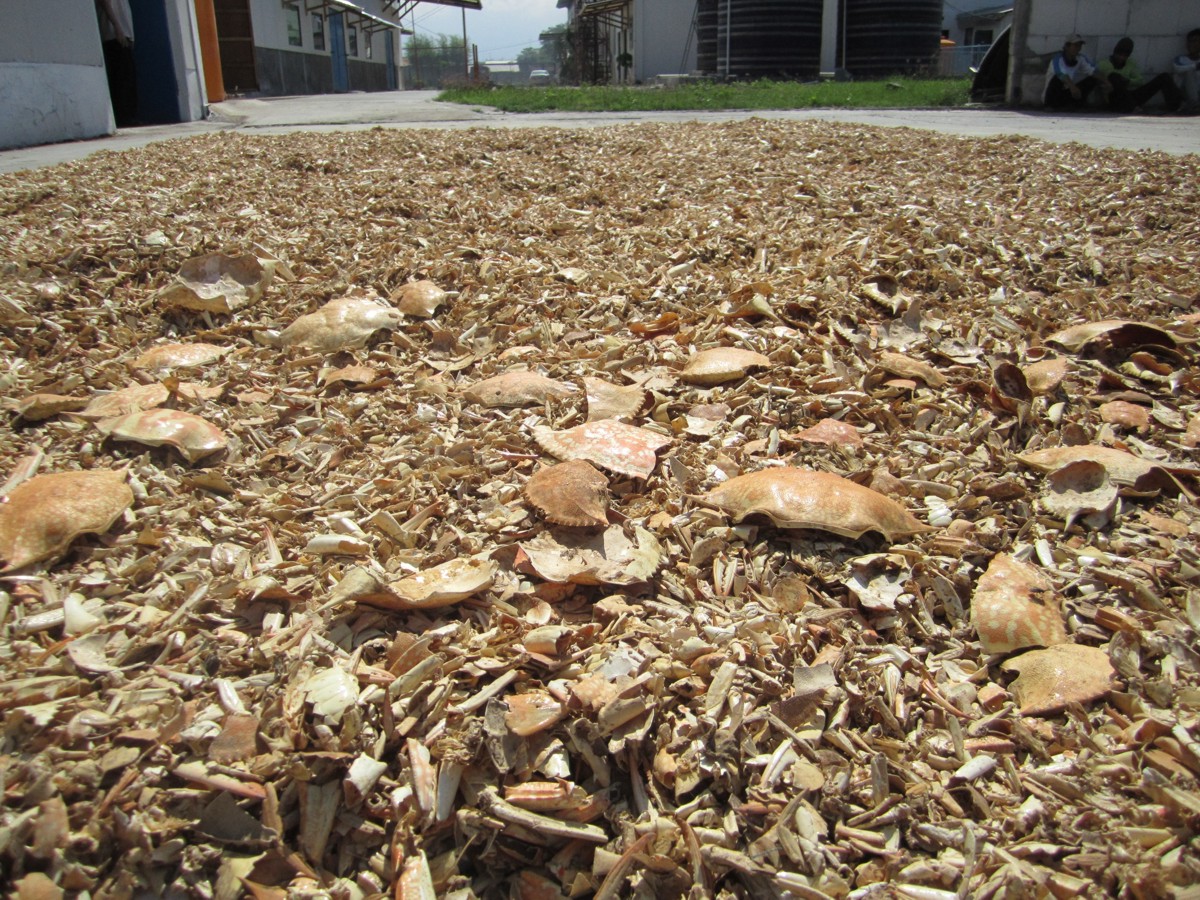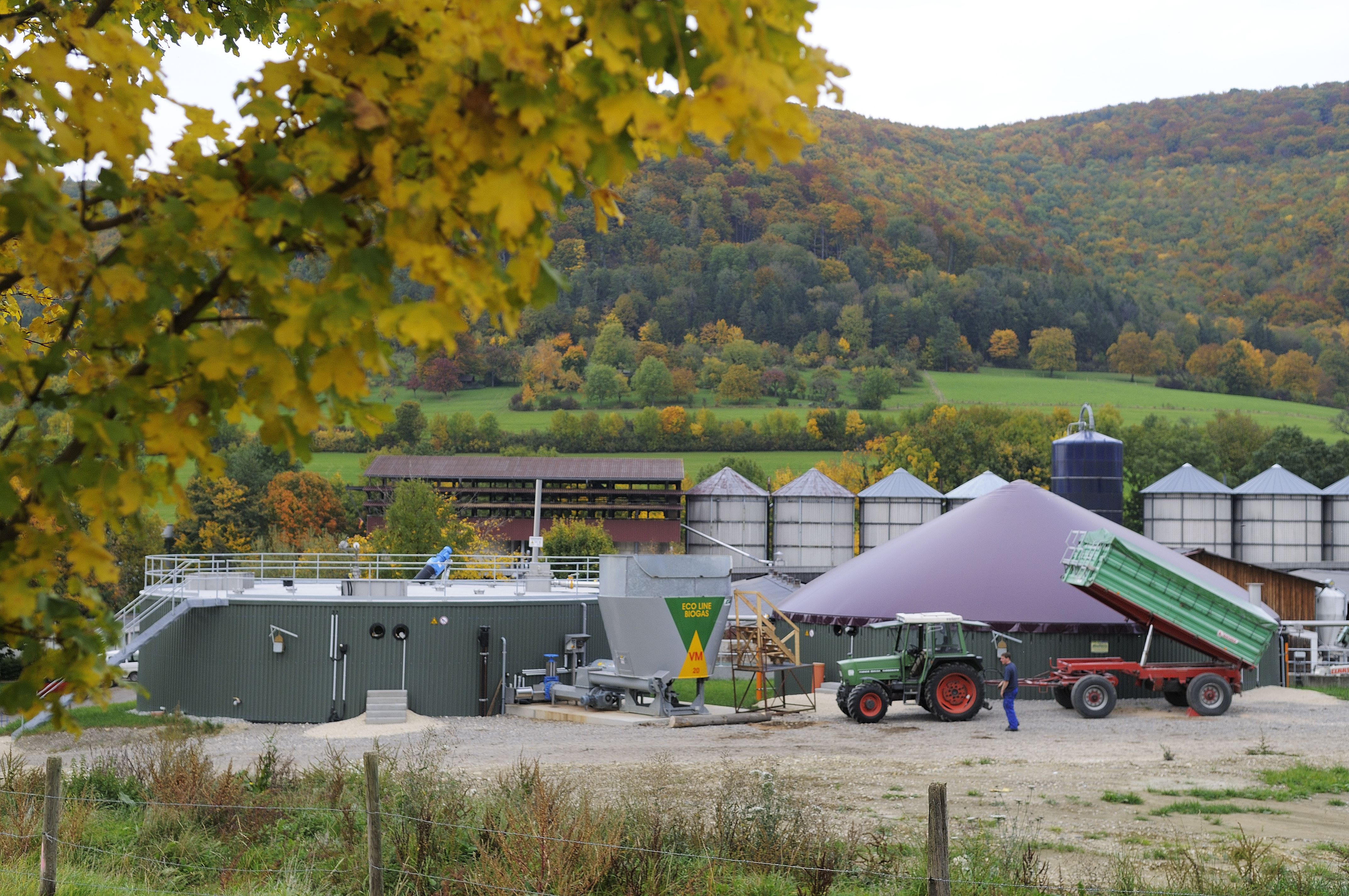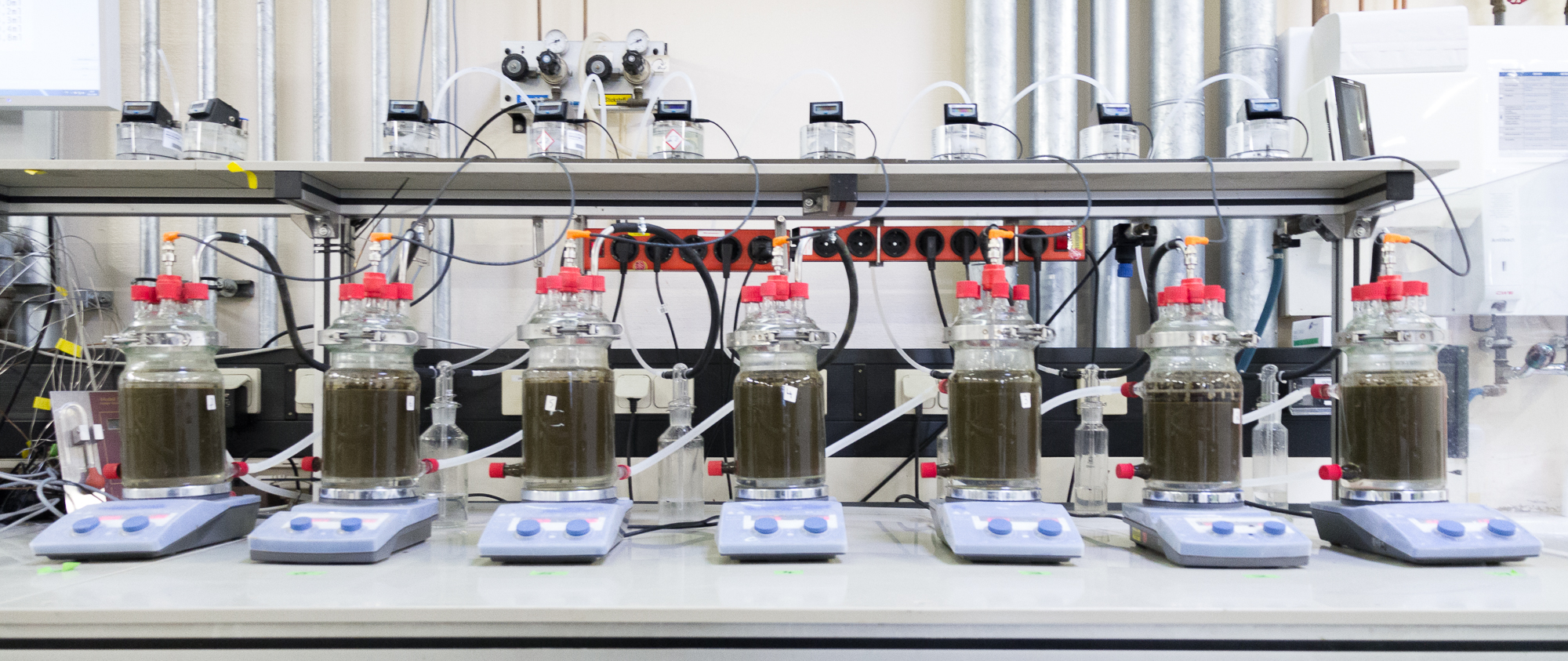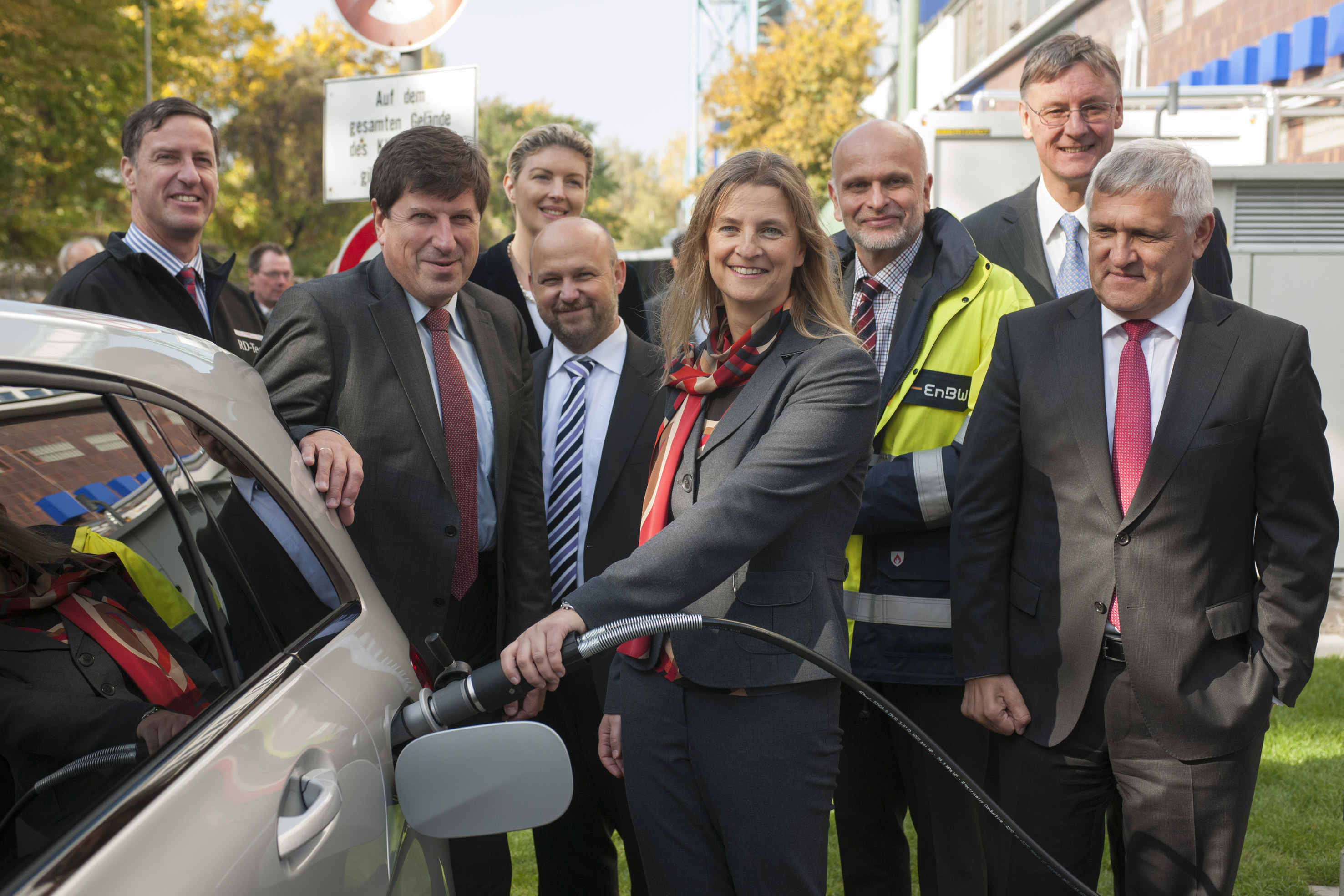Biogas can be used in many ways. In the combined heat and power plant it supplies electricity and heat. If biogas is upgraded to biomethane, it can be fed into the natural gas grid or used as fuel for appropriately equipped vehicles. Finally, the components methane and carbon dioxide can also be used as materials. Fraunhofer IGB supports you in the realization of new utilization concepts.
Biogas couples energy, chemical and mobility sectors
Among the renewable energies, the production of biogas as "bioenergy" for the energy turnaround takes a special position: While electricity generation from the sun and wind is heavily dependent on the weather, biogas, a mixture of methane and carbon dioxide, can in principle be used to produce energy continuously.
In addition, biogas can be stored for a certain period of time and converted into electricity and heat in a combined heat and power plant as required. If biogas is purified accordingly, the high-purity methane can also be used as a fuel (natural gas vehicles) or chemical base material – or fed into the natural gas network. In this way it links the energy and chemical sectors.
Material use of biogas: Production of basic chemicals from methane and carbon dioxide
Biogas, a mixture of methane and CO2, can be used as a substrate to produce basic chemicals or biopolymers such as polyhydroxy fatty acids. Methanotrophic, i.e. aerobic, microorganisms are used in the utilization of biogas.

 Fraunhofer Institute for Interfacial Engineering and Biotechnology IGB
Fraunhofer Institute for Interfacial Engineering and Biotechnology IGB

